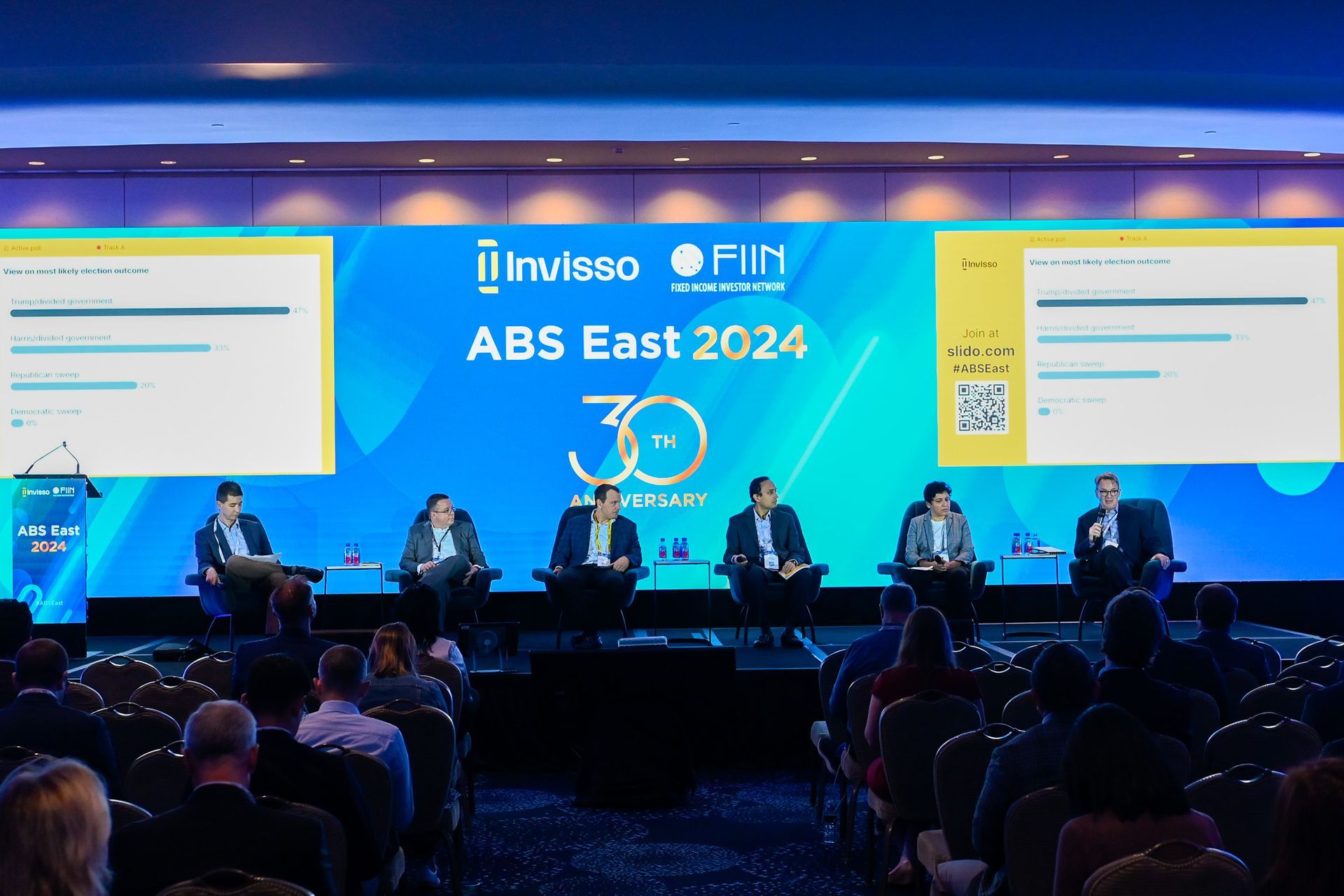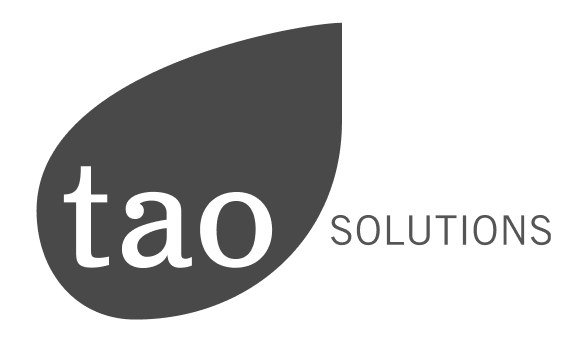Exploring the Future: How Blockchain is Revolutionizing Equipment Finance
Blockchain technology, which underpins cryptocurrencies such as Bitcoin, has many benefits that aren’t linked directly to secure payments. As a ‘trustless’ digital ledger, blockchains can provide a distributed and secure alternative over legacy systems and through its key features – decentralization, transparency and immutability – blockchain is poised to spark many disruptions to different sectors, including equipment finance. Originating in banking and applied to a wide range of business scenarios such as supply chain management, blockchain is now taking the stage to solve many of the challenges of the equipment finance industry.

Current Challenges in Equipment Finance
Equipment finance is a fundamental aspect of the modern economy, yet the process is tainted by many inefficiencies. Records are often filled with erroneous and fraudulent documents, with slower processing times, and lessees and lessors struggle with correct tracking and management of their lease agreements and payments. Aside from creating a glacial pace to operations, these challenges pose enormous threats and expenses for both parties involved. Thanks to the heavy paper-patterning of the industry and transactional opacity, a solution is on the rise to streamline operations by offering greater security, transparency and efficiency in the world of equipment finance.
Blockchain Applications in Equipment Finance
Blockchain offers a novel solution for using fully digital, or nearly-digital lease records that get
stored and replicated across all nodes in a blockchain network. By recording all lease agreements on blockchain, the potential for fraud is minimized. Another innovative utility for blockchain in equipment finance would be smart contracts. These are self-executing contracts in which the terms and conditions of the contract are written into the code itself. With these terms digitally encoded, then each of the clauses or operative statements becomes automated. Smart contracts can be used to set up agreements capable of completing on their own – for example, lease agreements, payment schedules, novations and warranties, lease assignments, and even leasing transactions – without any human intervention whatsoever. Smart contracts essentially eliminate human intervention, such as the collation of physical documents and checking of the terms of a lease against agreed requirements. For example, a leasing company might use blockchain technology to manage automobile leases. The smart contract could automatically release payments to car dealers upon car delivery by the dealer and its acceptance by the lessee, and it could allow for
updating of the leases in real time to reflect changes in usage patterns or lease policies, which would represent a new level of flexibility and efficiency.
Benefits of Blockchain Integration
Equipment finance with a blockchain component will offer many advantages – among them, improved security and reduced incidents of fraud. The ledger that records transactions on the blockchain is decentralized and immutable, meaning that it cannot be undone or one-sidedly changed. With every step clearly marked, it is virtually impossible to embezzle or mix up the books in any way. Moreover, the decentralized nature of the transactions ensures that every participant has visibility of any activity on the blockchain, which increases transparency. This would include third-party investors and upstream lenders/securitizers who can be assured that their collateral is not double-encumbered.
Additionally, the use of blockchain technology brings substantial cost savings. Automating a good portion of activities relating to lease management – such as contracting, payment collection, compliance reporting and the like – means that fewer intermediaries are needed, leading to lower administrative costs. These efficiencies will translate into lower prices and faster transaction times, making the process of leasing more competitive and consumer-friendly.
Future Outlook and Industry Adoption
While blockchain technology has enormous potential, technology adoption costs are high, legal clarity is still needed in most markets, and there are always the forces of bureaucracy and inertia to overcome. But with every success story, the barriers will continue to fall away as the technology evolves.
To be a forward-thinking leader, businesses should proactively explore blockchain solutions. If the legal and business landscape evolves before there is a critical mass of leases on the blockchain, regulatory developments specific to blockchain applications in finance could accelerate adoption. The future is exciting. Lease financing with blockchain now seems not only possible but unavoidable for those who want to be financial innovators and efficiency masters.
Software providers in the equipment finance industry such as
LeaseSpark, are heavily researching and investing in blockchain technology not only to provide a digital ledger and introduce automation through smart contracts, but with increased regulation and adoption coming to the cryptocurrency industry, it is not unrealistic to expect payments in crypto tokens or even the usage of crypto tokens as a form of security against credit.
In short, as the technology behind blockchain evolves, adoption in areas like lease finance could provide a more dynamic and efficient way to track and manage leases, while also delivering increased performance, security and transparency – factors that may become increasingly influential as industry players navigate ways to stay one step ahead of the digital curve.



Case Studies
InfoHUB
©2025 TAO Solutions
Terms & Conditions | Privacy Policy | SOC 2 | ISO | Gold MS Partner | Accessibility








